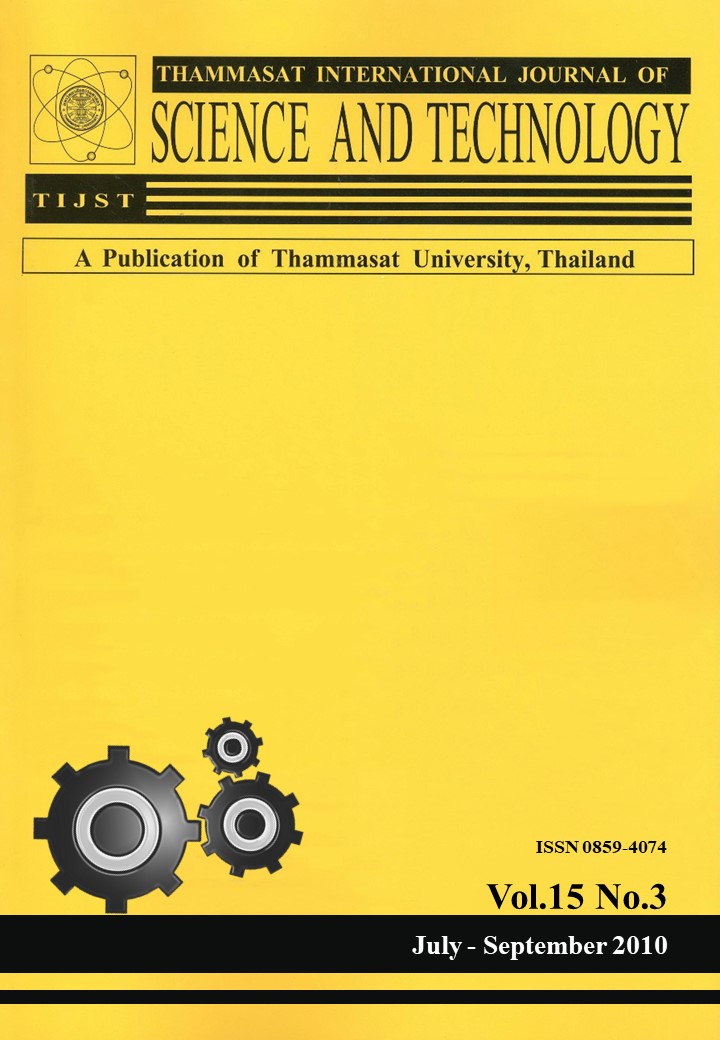Performance and Emission Characteristics of a Kirloskar HA394 Diesel Engine Operated on Mahua Oil Methyl Ester
Main Article Content
Abstract
The use of biodiesel fuels derived from vegetable oils as a substitute for conventional petroleum fuel in diesel engines is receiving an increasing amount of attention. This interest is based on a number of properties of biodiesel, including the fact that it is produced from a renewable resource, its biodegradability, and its potential to reduce exhaust emissions. Biodiesel is a non-toxic, and renewable alternative fuel that can be used with little or no engine modification An experimental investigation is conducted to evaluate the effect of using
blends of mahua biodiesel with conventional diesel fuel, with 10%, 20%, 40%, 60% and 80% (by volume) mahua biodiesel, on the performance and exhaust emissions of a three cylinder naturally aspirated, air cooled, direct injection, Kirloskar HA394 engine. The tests are conducted using each of the above fuel blends, with the engine working at constant speed and five loads. Fuel consumption and exhaust regulated gas emissions such as nitrogen oxide, carbon monoxide and total unburned hydrocarbons are measured. The differences in the measured performance and exhaust emissions of the mahua biodiesel-diesel fuel blends from the baseline operation of the engine, i.e. when working with neat diesel fuel, are determined and compared.

